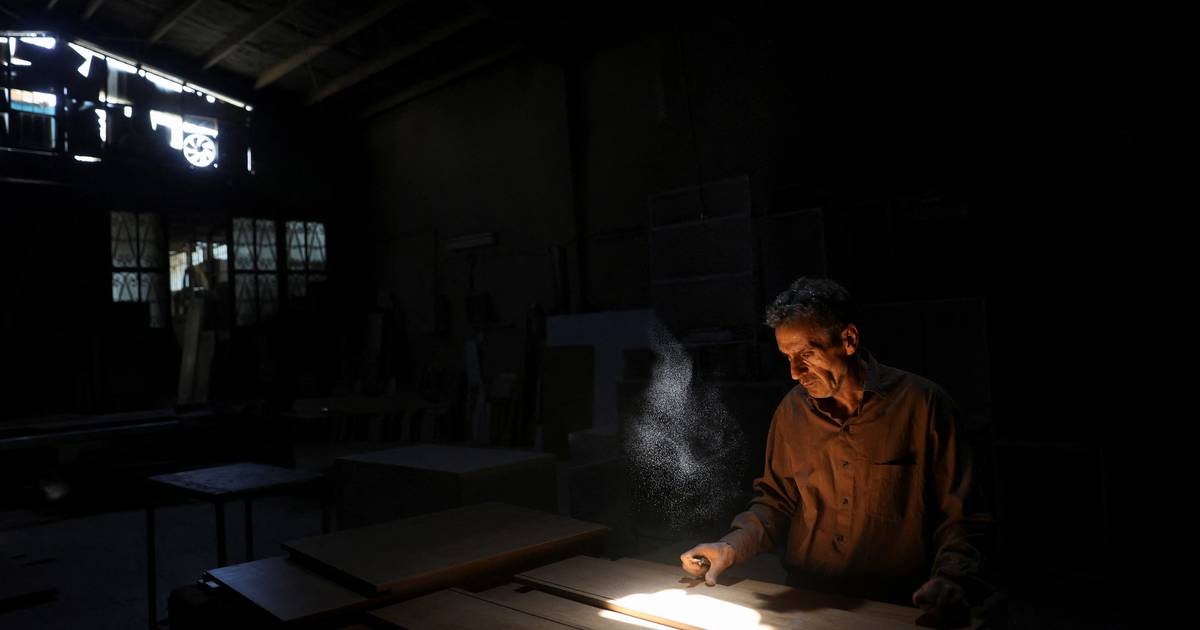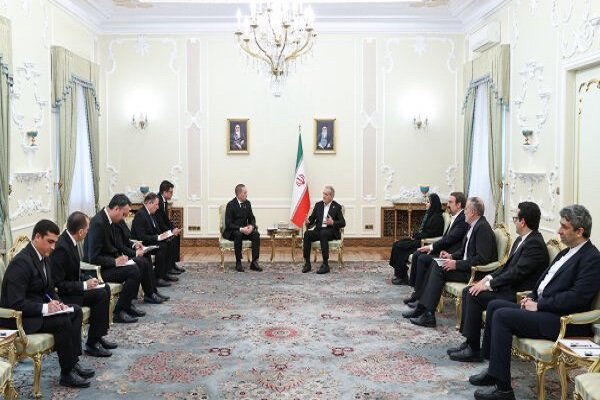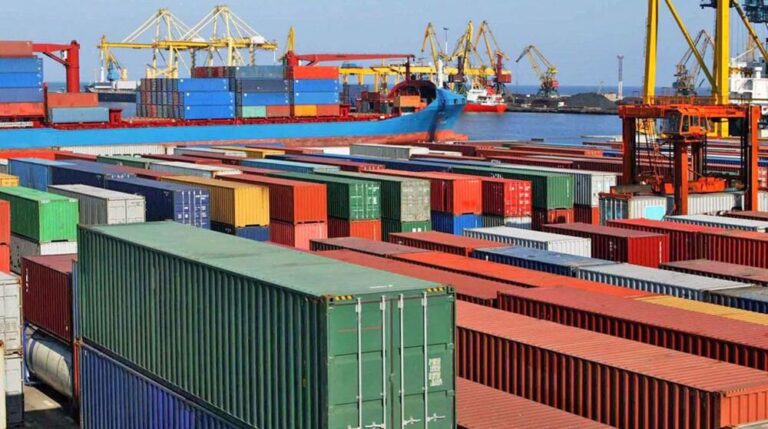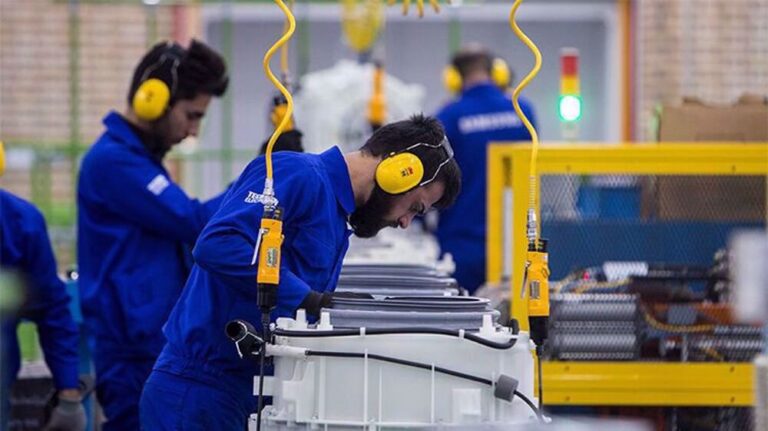
Similar Posts

Pezeshkian Champions Stronger Trade Relations Between Iran and Turkmenistan
During a meeting in Tehran on the sidelines of the 3rd Caspian Economic Forum, Iranian President Pezeshkian underscored the need to strengthen bilateral relations with Turkmenistan. He praised Turkmenistan’s National Leader, Gurbanguly Berdimuhamedow, for his efforts to foster closer ties, emphasizing collaboration in economic development, trade, cultural exchange, and scientific research. Turkmen Deputy Head Hojamyrat Geldimyradow echoed this sentiment, highlighting the importance of joint projects in energy and transportation. Both leaders recognized the potential for a strategic partnership to benefit their nations and promote regional stability. The forum is expected to facilitate new agreements enhancing cooperation between Iran and Turkmenistan.

Iran Faces $14.6 Billion Trade Deficit in 2024: Economic Challenges Ahead
Recent statistics from the Iranian Customs Administration (IRICA) reveal notable growth in Iran’s trade for the year ending in March. Iran exported around 152 million metric tons of goods, generating $57.8 billion, reflecting a 10% increase in volume and 15.62% in value. Imports totaled 39.3 million metric tons valued at $72.4 billion, with a slight volume decrease but an 8.22% value rise. Key exports included natural gas and propane, primarily to China, Iraq, and the UAE. Gold and mobile phones were major imports, with the UAE being the largest supplier. These trends indicate Iran’s strengthening trade relationships and economic resilience.

Transforming Global Industries: The Impact of HDPE and LDPE on Innovation and Sustainability
Iran HDPE traders have demonstrated resilience amidst international sanctions, enhancing product quality and expanding their customer base, positioning Iran as a key player in the polymer industry in Southwest Asia. With products reaching over 50 countries, Iran HDPE and LDPE are essential in manufacturing packaging materials, pipes, and automotive parts. Iran’s competitive advantages include government support, abundant raw materials, and efficient infrastructure. Despite challenges, leading producers like Shobeir Shimi have adapted, projecting HDPE exports to reach 5 million tons by 2027. The company connects global demand with local expertise, promoting high-quality, cost-effective polyethylene solutions.

Iran Boosts Worker Minimum Wage by 45%: A Major Economic Shift
Iran’s Supreme Council of Labor has approved a 45% increase in the minimum wage, effective March 21, raising it to 103.99 million rials per month (about $3.76 daily). This move aims to support workers amid rising inflation, which soared to 32% as of January 19. For families with two children, the minimum wage will be 163.5 million rials (approximately $177). This adjustment, applicable to all workers under Iran’s Social Security Law, reflects efforts to alleviate financial pressures and promote equitable wealth distribution, highlighting the government’s commitment to addressing economic challenges and supporting vulnerable populations.

Iran’s Rail Transit Surges to 5 Million Tons in Just One Year, Reports CEO
Iran’s rail transit volume is projected to reach eight million tons by March 20, 2026, according to Jabbar Ali Zakeri, the deputy minister of roads. This growth is expected to boost the domestic economy and generate foreign exchange. Long-term goals include increasing transit capacity to 40 million tons through infrastructure projects like the East-West and North-South corridors. Upcoming contracts for locomotives are also anticipated, signaling a push for modernization in rail transport. The development of rail transit is crucial for economic growth, job creation, environmental benefits, and improved connectivity, promising a transformative period for Iran’s transportation sector.

Tehran and Baghdad Forge New Partnership: MoUs Signed to Boost Oil Cooperation
Iraq’s Deputy Prime Minister for Energy Affairs Hayan Abdul-Ghani Al-Sawad met with Iranian Oil Minister Mohsen Paknejad in Baghdad to enhance bilateral energy cooperation. Their discussions led to the signing of several Memoranda of Understanding (MoUs) focused on collaboration in the oil and gas sectors, aiming to exchange expertise and promote joint projects. Both ministers emphasized ongoing collaboration, infrastructure development, and improving market access to bolster energy security. Paknejad’s visit highlighted the deep cultural ties between the nations, with a commitment to strengthen relations in the evolving energy landscape, benefiting both economies significantly.